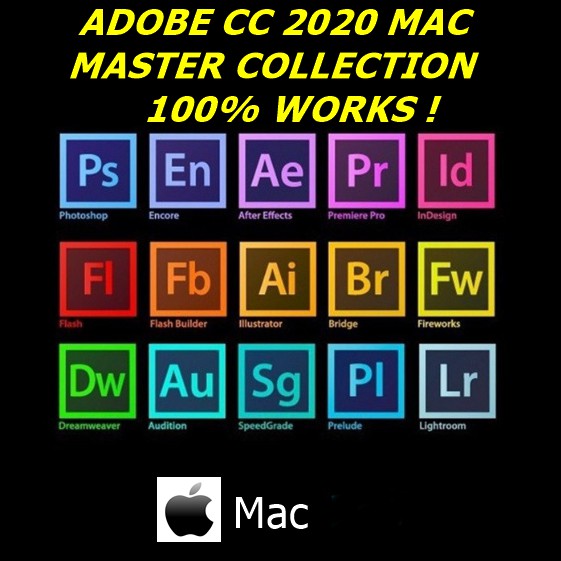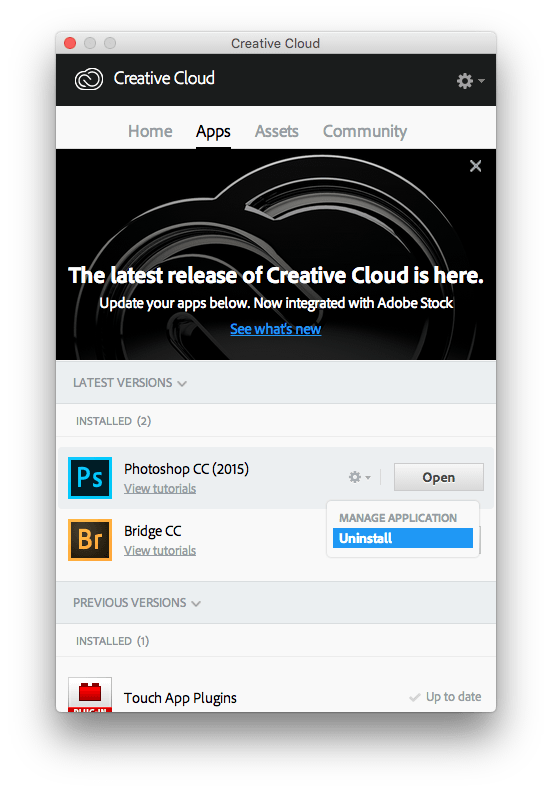

- ADOBE CC MAC CLEANUP HOW TO
- ADOBE CC MAC CLEANUP INSTALL
- ADOBE CC MAC CLEANUP SOFTWARE
- ADOBE CC MAC CLEANUP PASSWORD
~/Library/Saved Application State/com.adobe.* ~/Library/Application Support/CrashReporter/Adobe* ~/Library/Application Support///com.adobe* Summary of my results: ~/Library/Application Support/Adobe* Adobe leftovers still living in your system! $ find ~/ -iname "*adobe*" The CC Cleaner Tool is a fair start but to see for yourself, open Terminal and use these commands.

However, there were 13 errors and the process did not complete. My MacBook logged hundreds of deletions including launchds, which was nice. Files are deleted conservatively and the tool even sneaks some of its own into your system. Adobe does recommend running individual application uninstallers first, your call. Removing Adobe in 2 Steps Step 1: Try One Last Uninstallerĭownload and run the Adobe Creative Cloud Cleaner Tool, their multi-app uninstaller and wipe assistant. Been using Sketch to draw anyway, Preview for PDFs, and there are too many photo editing apps out now. Lately, the 4 year old and last subscription-less CS6 hardly seems compatible on my 2015 MacBook running El Capitan.
ADOBE CC MAC CLEANUP SOFTWARE
Since then I've migrated through 5 Macs keeping Adobe software installed all along the way.
ADOBE CC MAC CLEANUP INSTALL
Soon, Sara helped me install a pre-Creative Suite version of Photoshop. My dad's coworker Sara was a Mac user too. My first Apple computer was a 2002 iMac G4 on nascent OS X Puma.
Look for any Adobe-related files in the folder and trash them.Do you not use Photoshop, Illustrator or Acrobat anymore but have current or previous installs? Dissatisfied with uninstallers, want to speed things up and reclaim disk space? Scroll down for 2 steps to remove all things Adobe (except Flash). Paste ~/Libraryinto the box that appears and hit Go. Select Go to Folder from the Go menu in the Finder. Some components may still hide behind your system files and folders. The problem is that the dedicated Adobe tool doesn’t actually remove all traces of the app from your Mac. Follow the onscreen instruction to complete the process.įinally, you need to get rid of CC leftovers. Once you download the ZIP file, extract it, and open the uninstaller.ĭepending on your security settings, you may receive an alert asking, “Are you sure you want to open it?”.Ĭlick Open to continue. Done!Ĭan’t find the Creative Cloud Uninstaller on your Mac? Receiving error alerts when deleting the app with its help? The solution is to download the latest version of the CC uninstallation tool on. Click Close when the confirmation message appears. Hit Uninstall to kickstart the process. ADOBE CC MAC CLEANUP PASSWORD
Enter your administrative password when required and press OK. Go to Applications > Adobe Creative Cloud. To eliminate all CC components, Adobe recommends uninstalling it with a special uninstaller. Now, you’re ready to get rid of the desktop app. Click the More Actions icon next to the app you want to uninstall. Go to the App tab and search for apps installed on your Mac. Otherwise, you won’t be able to uninstall the Creative Cloud desktop app. Next, remove all CC-related apps (Photoshop, Lightroom, InDesign, Illustrator, etc.) from your system. Press Quit in the pop-up window to confirm the action. Select them and hit the Force Quit button. Search for any processes associated with the Creative Cloud. You can also launch Activity Monitor using Spotlight. Go to the Applications folder > Utilities > Activity Monitor. 
ADOBE CC MAC CLEANUP HOW TO
How to remove Adobe Creative Cloud from Mac manuallyįirst, you need to quit Adobe CC and all related processes. You might lose files that are not synced. Make sure you’ve already synced all your files to your Creative Cloud account before proceeding to uninstallation.







 0 kommentar(er)
0 kommentar(er)
